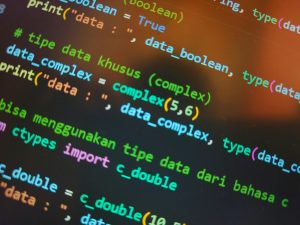Impact of AI on cyber threat from now to 2027
The Future of Cyber Threats: AI’s Impact from 2023 to 2027
As we stand at the forefront of a technological revolution, the role of artificial intelligence (AI) in cybersecurity has become a topic of increasing relevance. With advancements in machine learning, predictive analytics, and automation, AI is poised to both safeguard information systems and revolutionize the tactics employed by cybercriminals. This article explores the anticipated impact of AI on cyber threats over the next few years, offering insights into what we may expect by 2027.
The Evolution of Cyber Threats
The landscape of cyber threats is constantly changing, manifesting in sophisticated malware, phishing schemes, and other forms of cybercrime. As we move towards 2027, these threats are expected to become even more nuanced. Cybercriminals are likely to harness AI technologies to enhance their schemes, using algorithms that optimize their attacks and increase the success rates of data breaches and network infiltrations.
AI Empowering Cybercriminals
Historically, the tools of cybercriminals have evolved alongside advancements in technology. For instance, automation has already enabled malicious actors to launch attacks at an unprecedented scale. Over the next four years, we can anticipate further advancement in this area. Machine learning algorithms will empower cybercriminals to analyze networks and identify vulnerabilities rapidly, enabling them to execute more complex and targeted attacks. Automating decision-making processes through AI will allow these actors to adjust their tactics in real time, leading to a more dynamic and unpredictable threat landscape.
AI for Defense: A Double-Edged Sword
While AI poses significant challenges for cybersecurity, it also offers robust solutions for defense. Security professionals are increasingly turning to AI-driven technologies to strengthen their defenses. These tools can proactively detect anomalies within large datasets, identify potential threats, and respond more swiftly than ever before. Machine learning models trained on historical incident data can recognize patterns and predict potential attacks, effectively acting as an early warning system.
Consider the implementation of AI in intrusion detection systems. As these systems evolve, they can learn from emerging threat vectors, enabling them to adapt to new tactics employed by cybercriminals. The ability to quickly and accurately detect intrusions will be key in mitigating the impacts of cyberattacks and safeguarding sensitive information.
Collaboration and the Human Element
Another vital aspect of the AI-cybersecurity intersection is the importance of human expertise. While AI enhances the capabilities of security systems, human analysts remain crucial for interpreting AI-generated insights and making informed














1 comment